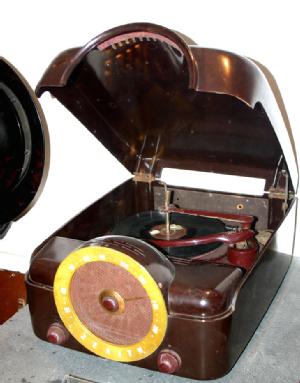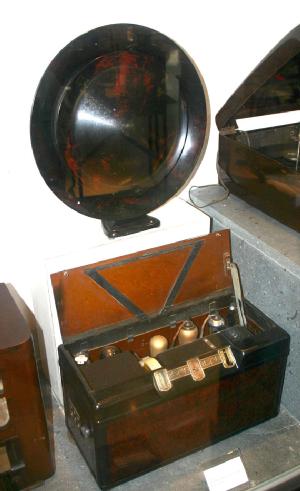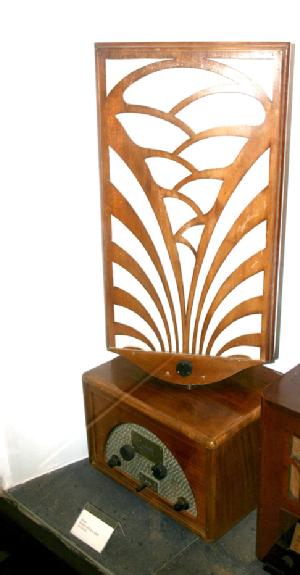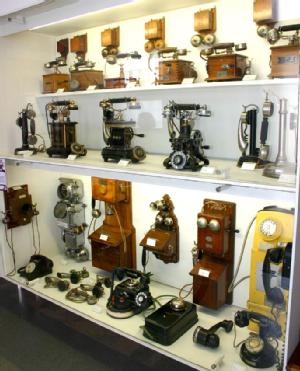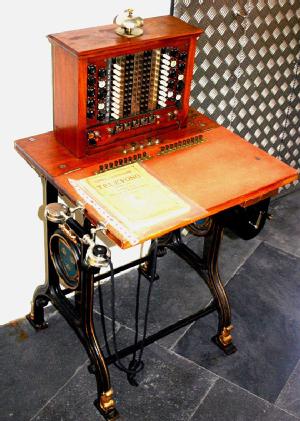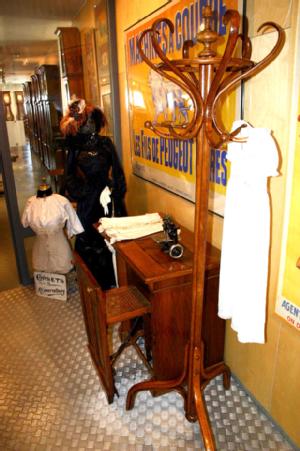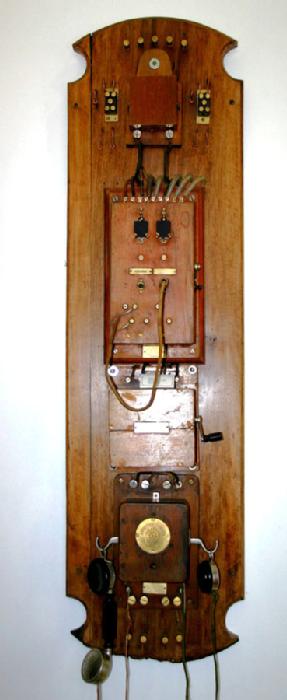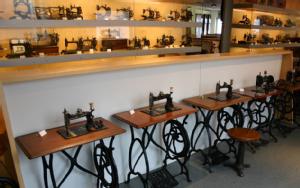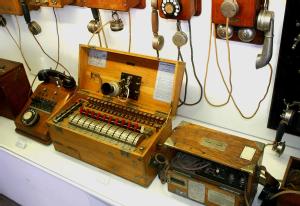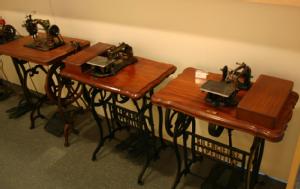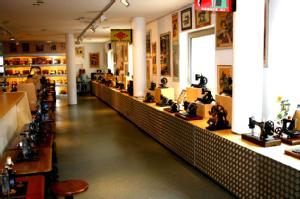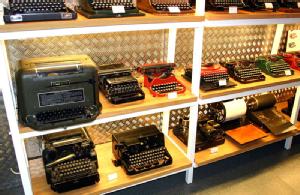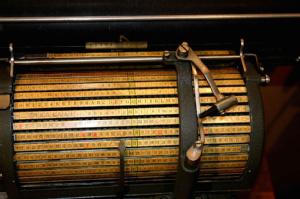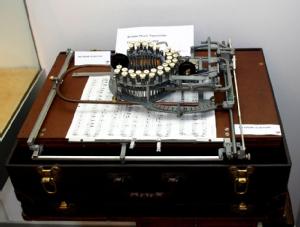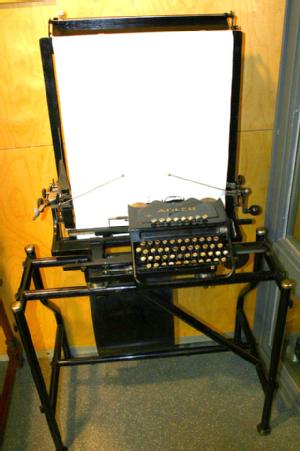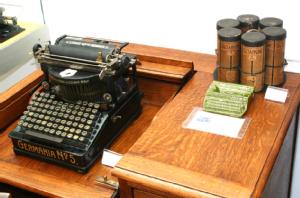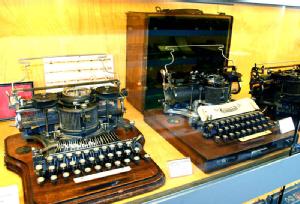
 |
Museu de la Tècnica de l’Empordà |
17600 Figueres, Spain (Katalonien) |
|
| Address |
Calle del Fossos, 12
|
| Floor area | unfortunately not known yet |
Technical Museum in general
- Passenger cars
- Typewriter, calculating and coding
- Motorcycles / Motorbikes
- Record players with pick up
- Steam engines-models
- Clocks and Watches
- Bicycles
- Textile production
- Radios (Broadcast receivers)
- Home Appliances
- Movie recording and playback
|
Opening times
|
Thursday, Friday and Saturday: 16:00 - 19:00; Other times: Prior reservation
Dijous, divendres i dissabtes: 16:00 - 19:00; Resta d'horaris: Reserva prèvia
|
||||
|
Status from 11/2023
|
We don't know the fees. | ||||
| Contact |
|
||||
| Homepage | www.mte.cat | ||||
| Location / Directions |
Figueres ist eine Stadt in der Provinz Girona in der autonomen Region Katalonien, Spanien. Sie liegt an der Costa Brava, Straße Figueres liegt an der Autobahn von Frankreich nach Barcelona. Von den Badeorten der nördlichen Costa Brava – Roses, Empuriabrava, Sant Pere Pescador, L’Escala – ist es in 15 bis 30 Minuten zu erreichen. Von den Ständen nördlich von Barcelona – Arenys del Mar, Calella, Blanes – in max. einer Stunde über die Autobahn A7. Eisenbahn. Östlich der Altstadt befindet sich der Bahnhof der Stadt an der Breitspurstrecke Barcelona–Cerbère mit regionalen und überregionalen Verbindungen der Renfe, Spaniens Staatseisenbahn. Im Dezember 2010 wurde der Bahnhof Figueres-Vilafant eröffnet, der an der Hochgeschwindigkeitsstrecke zwischen Barcelona und Perpignan liegt und direkte TGV-Verbindungen nach Paris und Barcelona hat. Zudem gibt es AVE-Verbindungen nach Madrid und Barcelona. |
| Description | There was once a period that changed our way of life. During that time, scientific and technical progress brought about the industrial revolution. A careful visit to the Technology Museum of l'Empordà is a reencounter with this period. The museum's ground floor takes us back to the earlier period of these inventions and to the initial stages of their development. The petrol engine, which was invented by Daimler/Maybach, or the four-stroke engine, invented by Otto in 1876, are undoubtedly 19th-century inventions. The Technology Museum of l'Empordà also exhibits a gem from the automobile world: a Hispano Suiza from the beginning of the 20th century. A few steps away from the Hispano, on the ground floor, a few Morez Comptoise clocks are exhibited as an introduction to what is to come; their simple, slow mechanisms measure our complex, hurried time. Telephone exchanges, a slide camera, the precursor to the cinema camera, together with a photographic camera. On a false landing, on the way to the first floor, a transparent glass reveals a collection of wonderful heaters. Works of art for firelight storytelling. Between each floor and on the stair landings, posters advertising travel to places that were considered distant and exotic at the time. Logos belonging to machinery brand names or a framed version of draconian working regulations. |
[dsp_museum_detail.cfm]
| Data Compliance | More Information |
 mte.cat
mte.cat 
